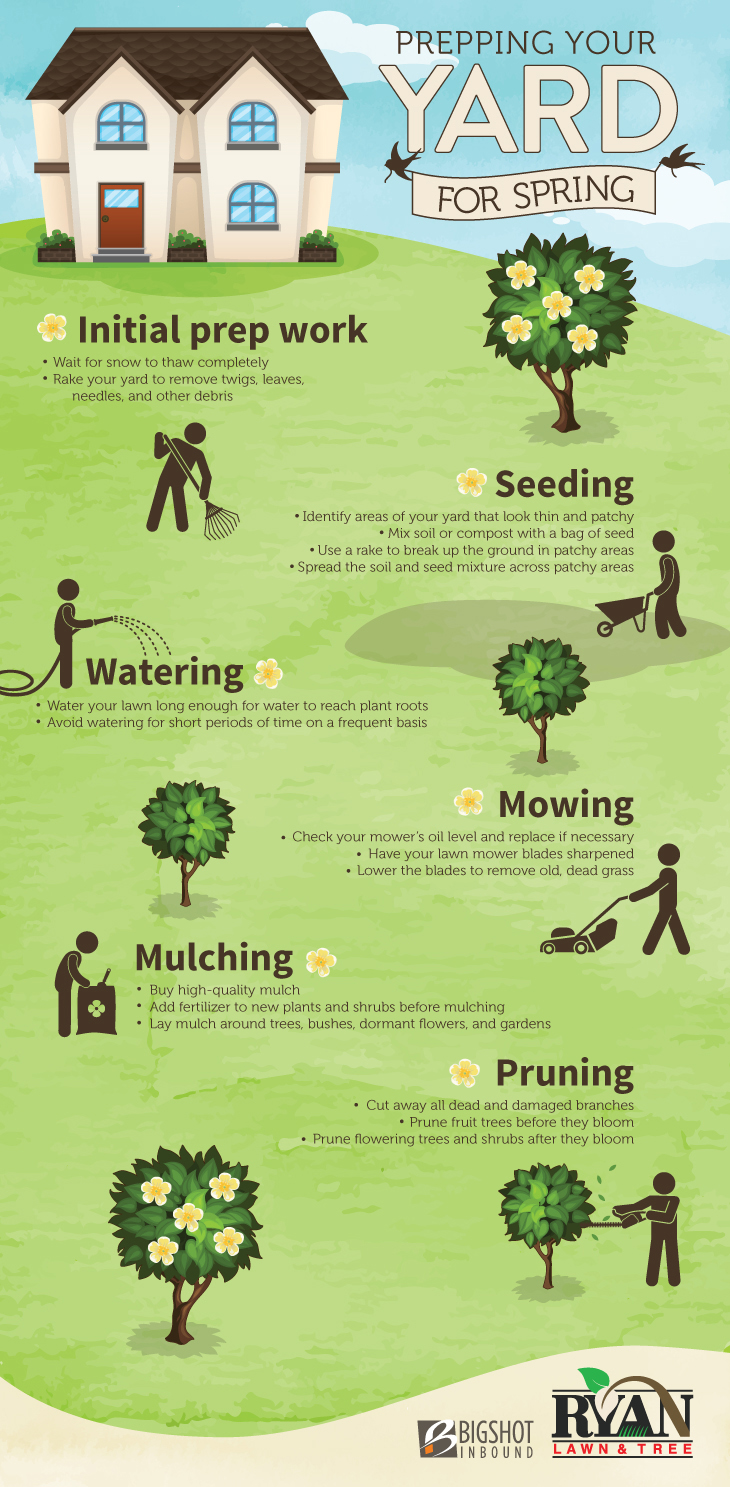Signs Showing The Need For Tree Removal: Determining Risky Trees
Signs Showing The Need For Tree Removal: Determining Risky Trees
Blog Article
Created By-Velling Hubbard
When it concerns tree care, identifying the signs that it's time for removal is important for your safety and building. You may see tarnished leaves, wilting branches, or weird fungal developments showing illness. Architectural problems, like a substantial lean or splits in the trunk, can additionally position risks. Recognizing these indication can aid you make informed choices regarding your trees and prevent possible threats prowling in your yard. What should click here for info seek following?
Indications of Decay and Disease
When you see signs of degeneration and condition in your trees, it's essential to act promptly. Seek discolored fallen leaves, wilting branches, or unusual developments like fungi. These can indicate that your tree is having a hard time.
If you see cracks in the bark or soft, mushy timber, these signs and symptoms recommend interior degeneration. Additionally, an abrupt boost in insects around your tree can signal that it's compromised and vulnerable.
Check for any kind of dead or dying arm or legs, as they position a threat to your residential or commercial property and safety. If you doubt regarding what you see, seeking advice from an arborist can give clearness.
Dealing with these indications early can conserve you from more considerable damage and make sure the health and wellness of your backyard. Do not wait up until it's far too late.
Structural Instability and Leaning
As you observe your trees, watch out for any type of signs of architectural instability or leaning. If helpful site leans significantly, it might show that the origin system is jeopardized.
Search for any type of fractures in the trunk or soil around the base; these can indicate possible failure. In addition, look for uncommon development patterns, like a lopsided crown, which might recommend that the tree is struggling to hold itself upright.
If you observe that the tree favors your home, power lines, or other frameworks, it postures a greater danger. Do not neglect these signs-- speak with an arborist to analyze the circumstance.
Doing something about it early can prevent costly damage and guarantee your safety and security.
Dead or Dying Branches and Vegetation
If you observe dead or dying branches and vegetation on your tree, it's a clear indicator that something's incorrect.
These harmful areas can indicate underlying concerns like condition, bug problems, or environmental stress and anxiety. When branches lose their fallen leaves or transform brownish, they're no longer adding to the tree's wellness. Neglecting these indicators might result in more decrease, making your tree more hazardous.
Dead branches can quickly break short throughout storms, posturing a risk to building and individuals close by. It's important to examine the degree of the damage.
If the problem affects a considerable part of the tree, consider speaking with an expert. They can help figure out if elimination is necessary to ensure security and keep the appeal of your landscape.
Final thought
If you notice any signs of degeneration, structural instability, or dead branches on your trees, do not neglect them. These indications can position severe security threats to you and your residential or commercial property. It's constantly best to speak with an expert arborist who can give a specialist analysis of your trees. Doing something about it early can avoid mishaps and expensive damages, guaranteeing your landscape stays risk-free and healthy and balanced. Bear in mind, it's much better to be aggressive regarding tree care than to await a disaster to happen.
